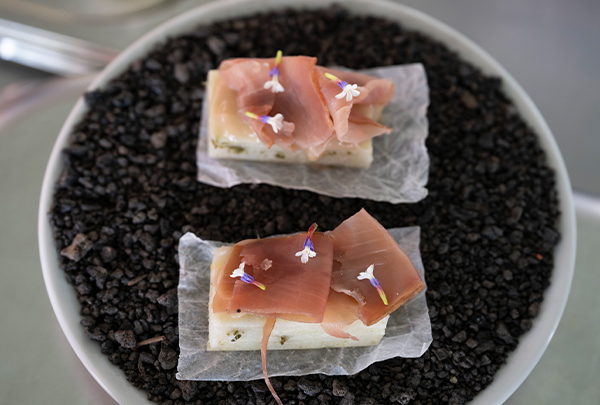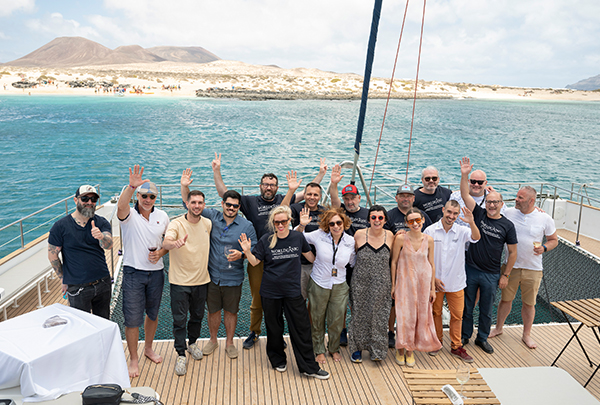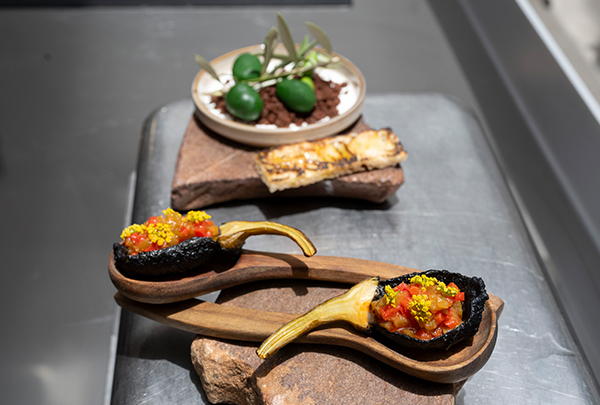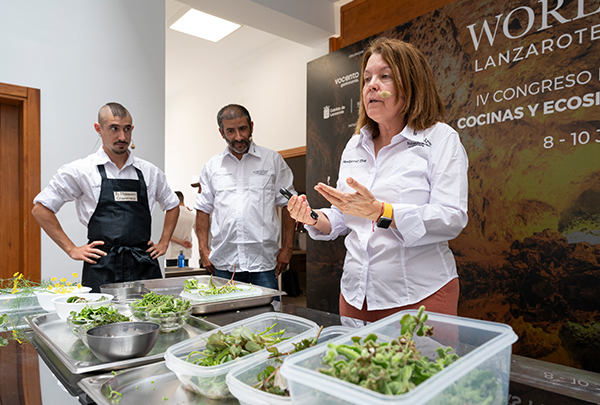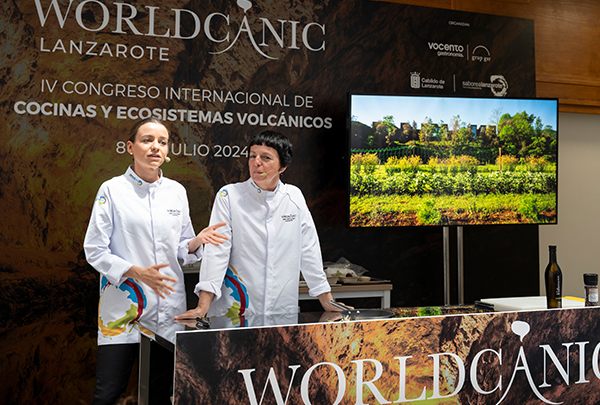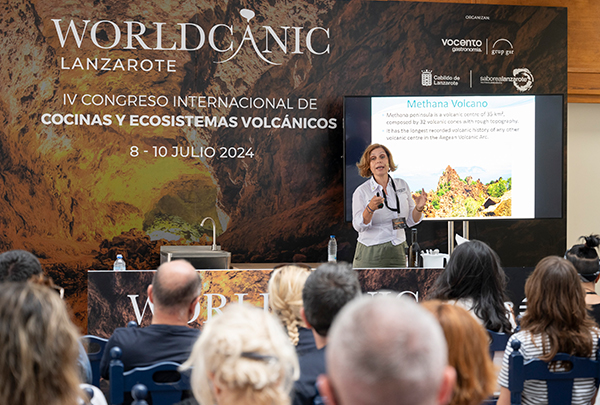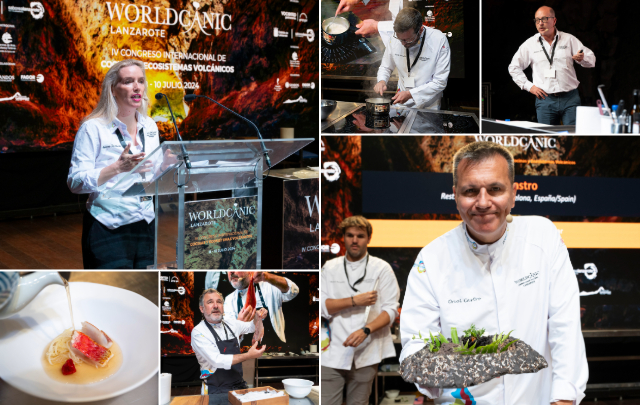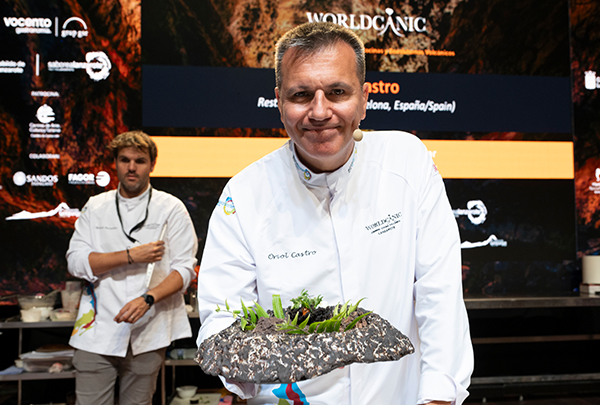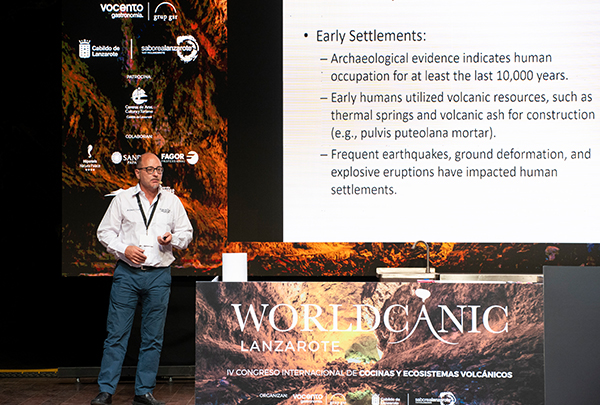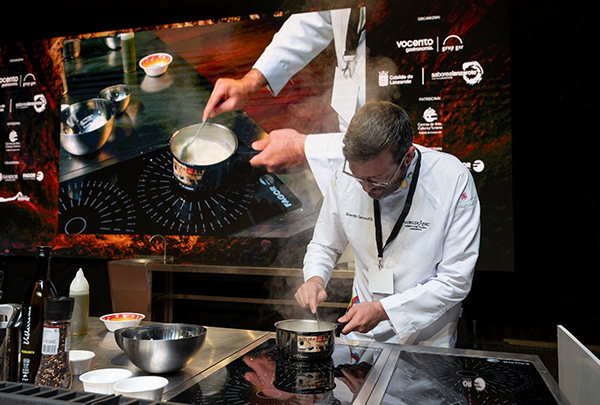News
The volcanoes of Japan in the kitchen of a Catalan
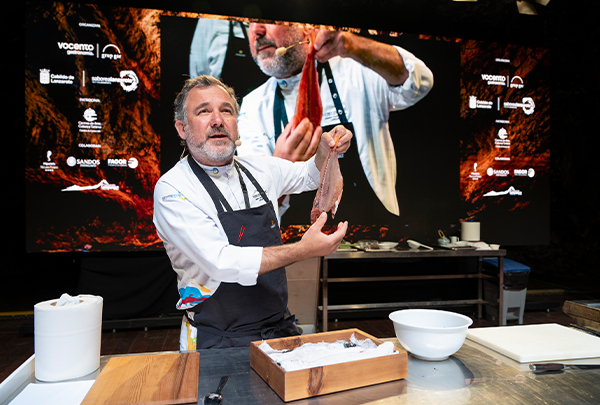
A great student of Japanese cuisine, Albert Raurich brings to the Congress kitchen some of the dishes of this volcanic cuisine with which he has conquered Barcelona
The man who spent ten years as chef at elBulli fell in love with Japanese cuisine and has become one of the most knowledgeable Western chefs about oriental gastronomy, a knowledge that is embodied in his restaurant Dos Palillos*, "which we are organising and cataloguing with the elBulli Foundation and 'the sapiens of Japan', a work that will take us three or four years and will end up in a book or on a digital platform," he says. The aim is for everyone to understand a cuisine that, for the chef, "is almost perfect because of its philosophy, its search for beauty and spirituality, and because its complexity lies in its simplicity".
And because Japan is a volcanic island, Albert has found many values to share in a space of debate such as Worldcanic, in a presentation entitled "the cuisine of water, because water is a symbol of purity and its cuisine is characterised by the absence of fats and the use of dashis". But he also relied on air and fire to describe some of his dishes, such as shojin ryori, "or temple cuisine, where neither meat nor fish is eaten", for which he replaced the fish with slices of aloe vera cured in salt and blanched in water, vinegar, salt and sugar, and plated it with wasabi and textured soy sauce. He called it "the sashimi of the temple". He also explained the Japanese technique of onsen tamago, in which eggs are cooked in thermal water at less than 65 degrees, so that the yolk never completely coagulates. "Today it even has a protected designation of origin, which guarantees that the eggs are cooked in sulphurous water.
New techniques and new dishes
Dahis are also fundamental in the Dos Palillos kitchen, where they are used to make "subtle, light and elegant broths, such as chicken, which we serve with pasta, or with acorn-flavoured Iberian ham, which we pour over water and serve with sea urchins". He also surprised us by explaining what yuba is, the thin film that solidifies on the surface when cooked in soy milk, which Albert recreates with goat's milk, "obtaining a yuba that 'quesea' and has much more flavour", and which he accompanies with coconut milk and pineapple juice.
Lastly, he presented a recipe that he has been working on for some time, "although it is still a work in progress, we must continue to perfect it if we want it to be on the menu next year", he apologised. It consists of curing fish - in his case red mullet - using the haibosi technique, i.e. under the ashes of the volcano, which Albert recreates "with olive wood ash and some of his own pine oil to give it a touch of resin" so that it absorbs all the moisture. To demonstrate the difference between wrapping fish in foil and not wrapping it in foil, he slices the red mullet and bathes it in potato dashi, next to a thin noodle also made with julienned and blanched potatoes, crowned by a false humebosi made with a dried tomato stuffed with plum pâté.

